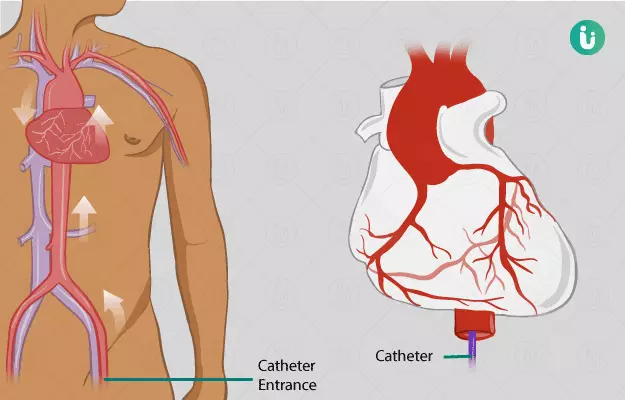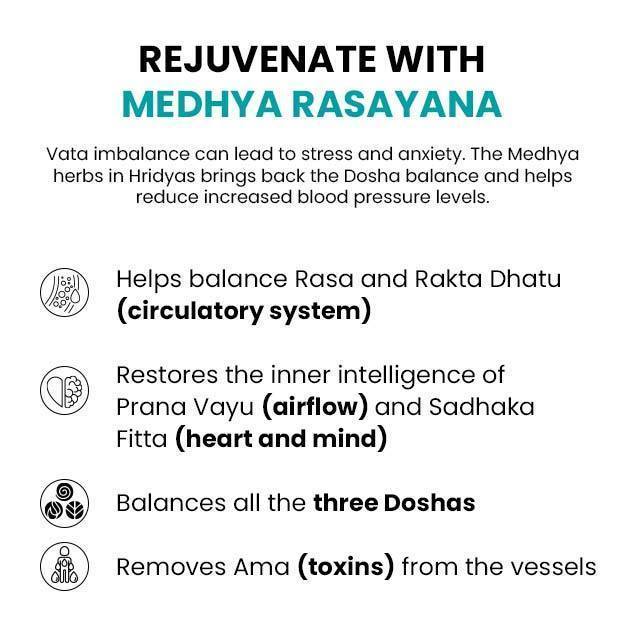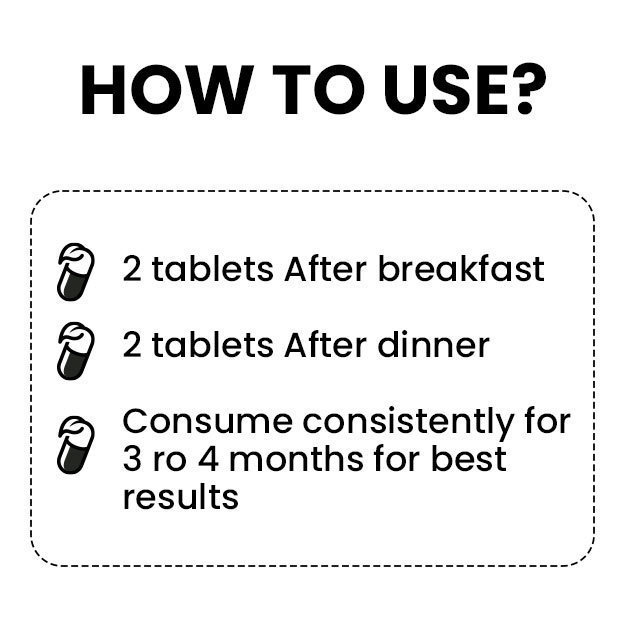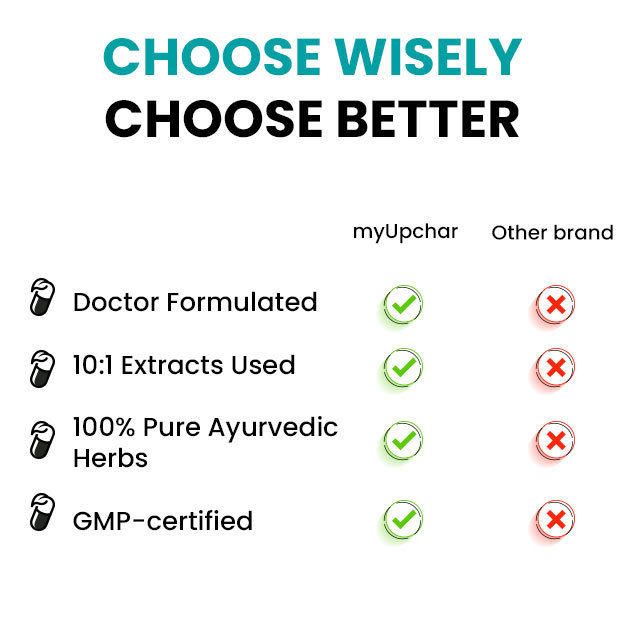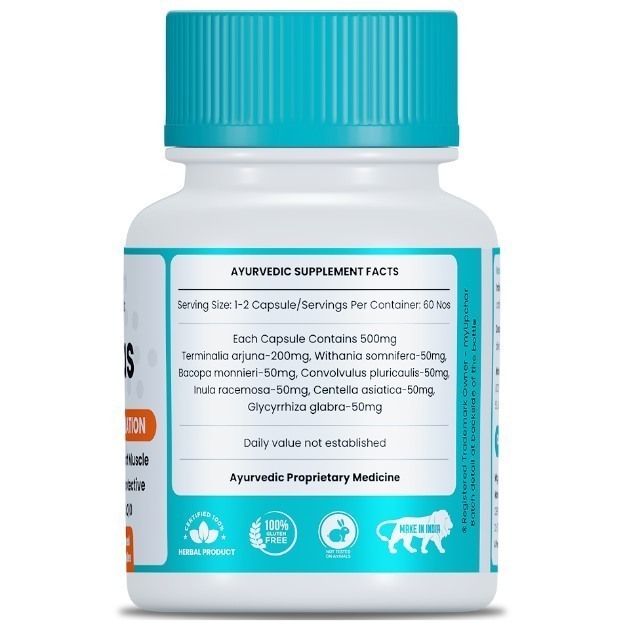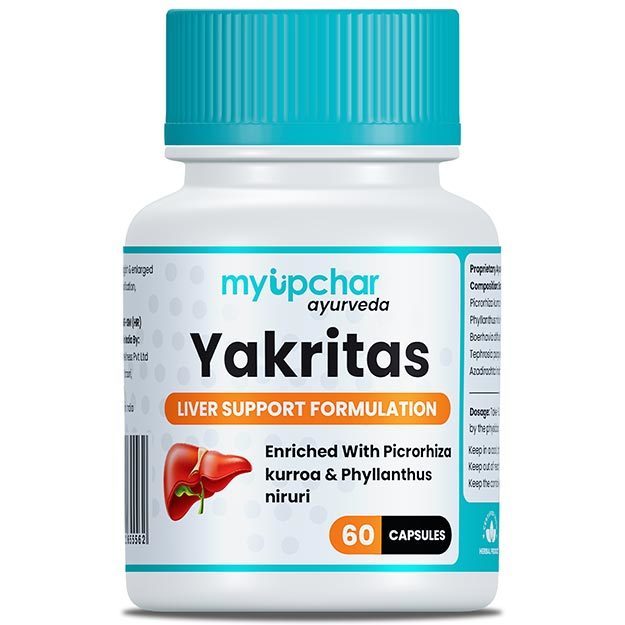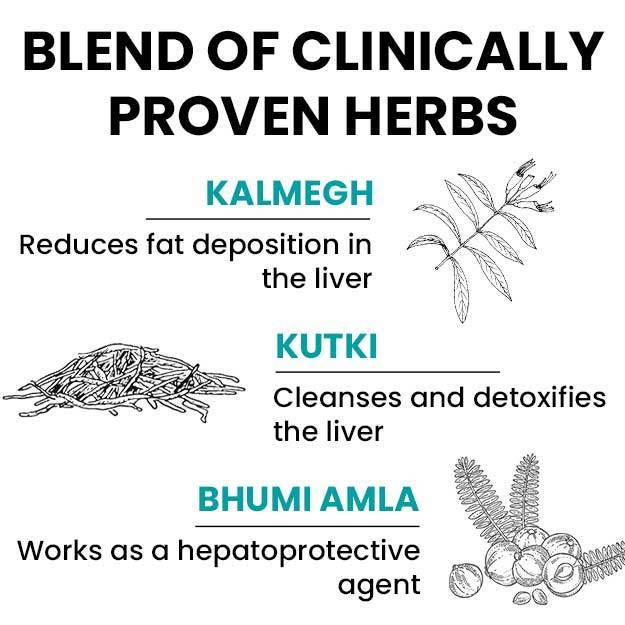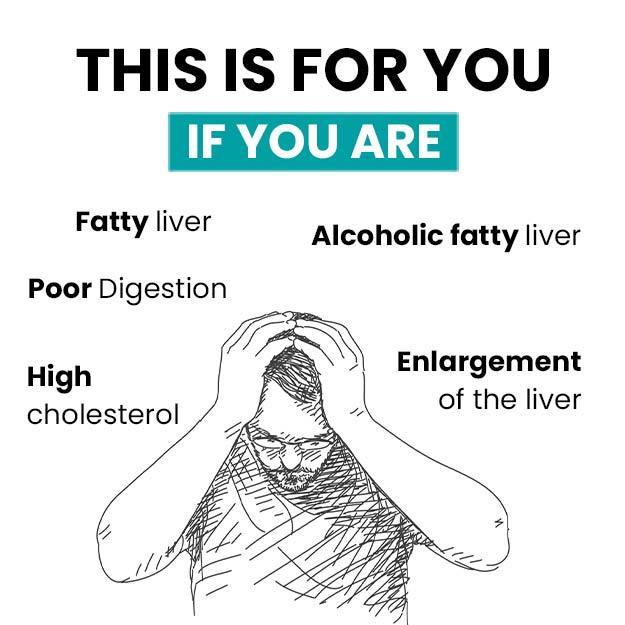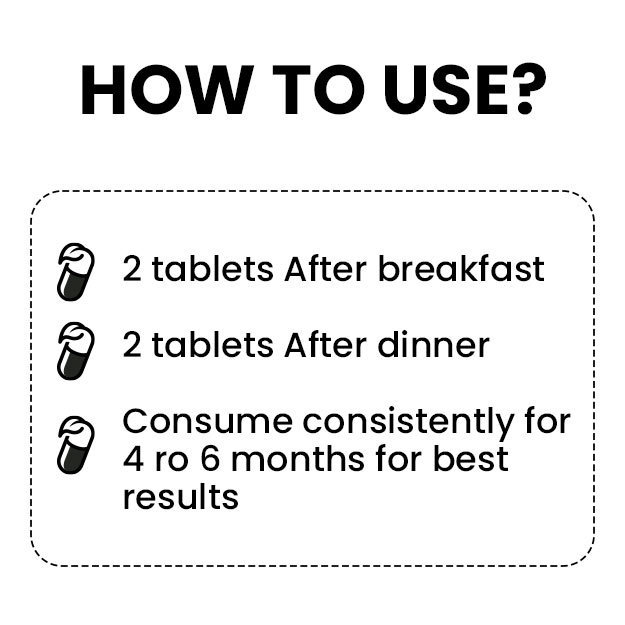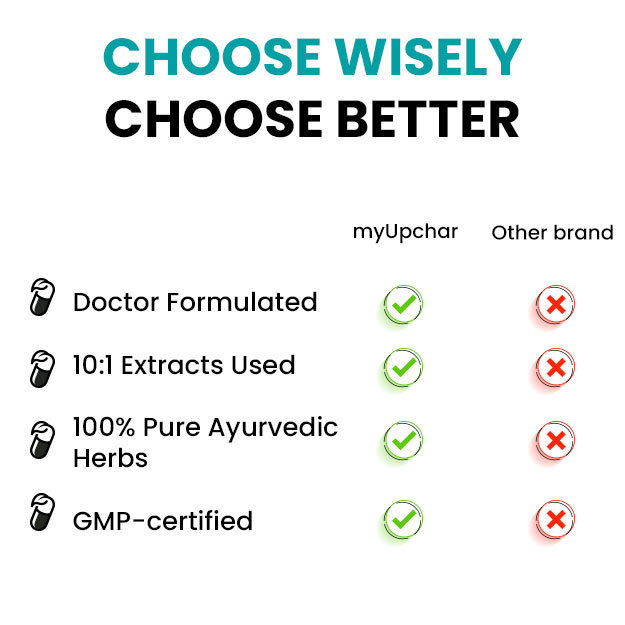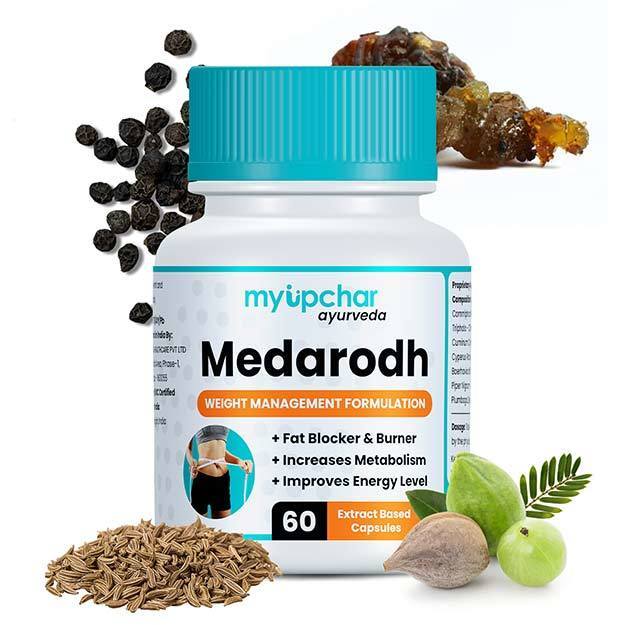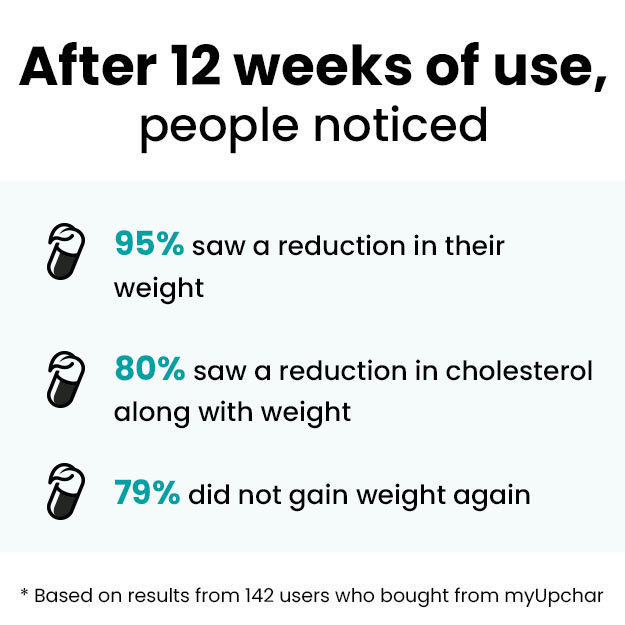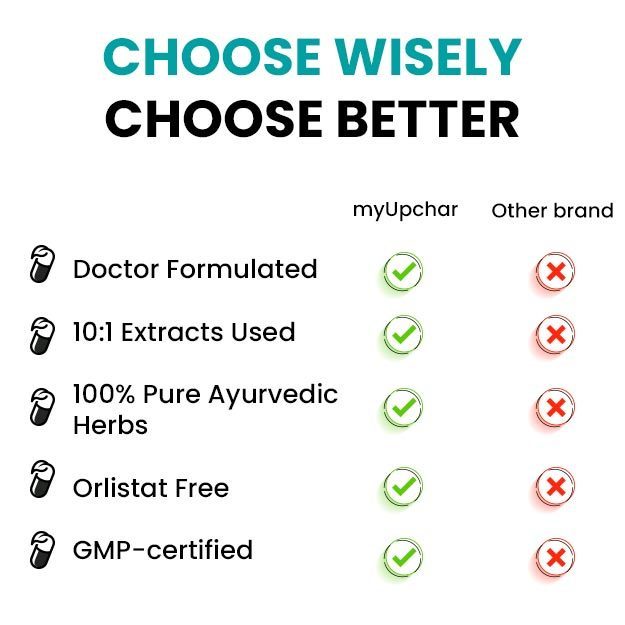Coronary angiography is a minimally-invasive, special-imaging procedure that helps visualise and assess the heart and its blood vessels. It is an important procedure and is commonly advised in heart conditions such as heart attack, abnormal chest pain, and structural abnormalities of the heart, to name a few.
Click on the link to know in detail about heart disease treatment.
The procedure is a small one and the patient is usually admitted in the morning and discharged by the evening. After discharge, the patient is advised to not drive while going home from the hospital.
Before the procedure, investigations such as blood tests, chest x-ray, and ECG are carried out.
Post-procedure care and recovery are usually simple and uncomplicated, e.g. the patient is instructed to avoid lifting heavy weights or do strenuous exercise. Follow up with the doctor is usually within 1 week.
(Read More - Ventricular Tachycardia treatment)

